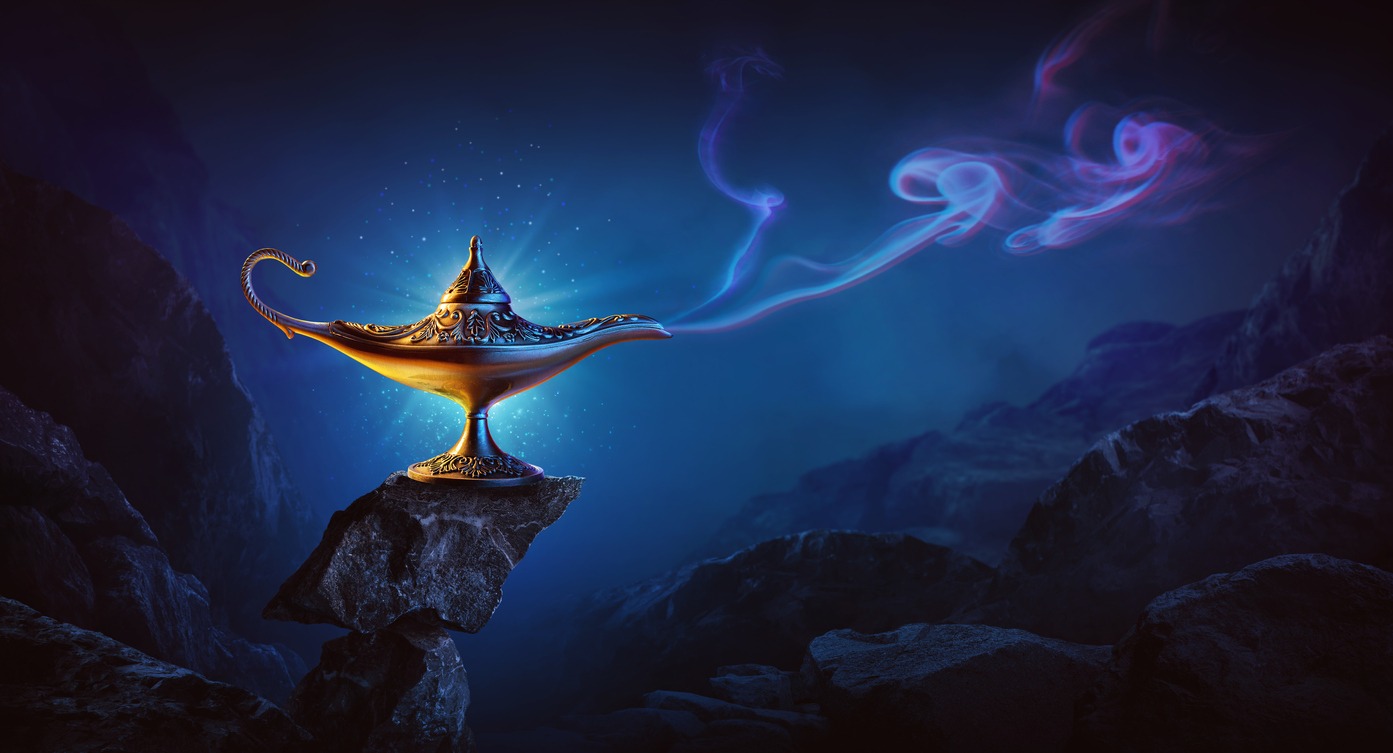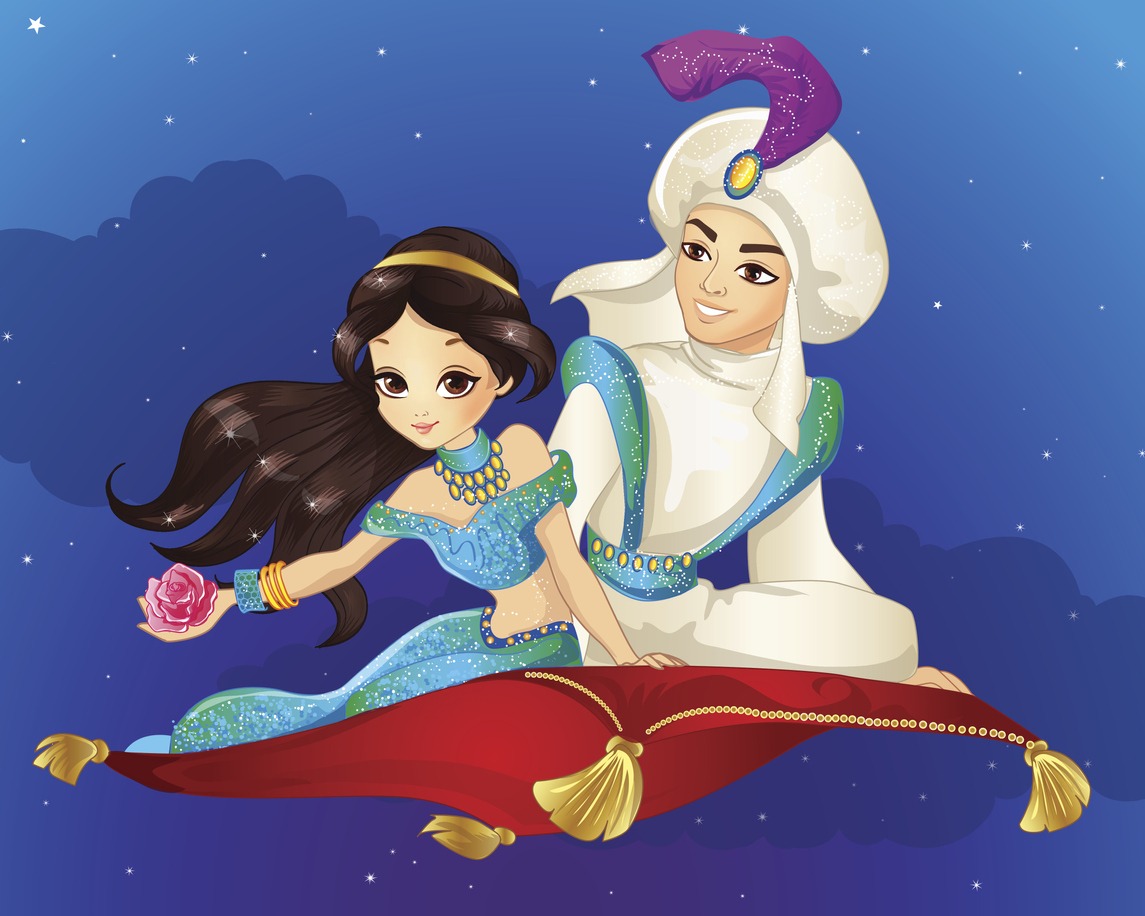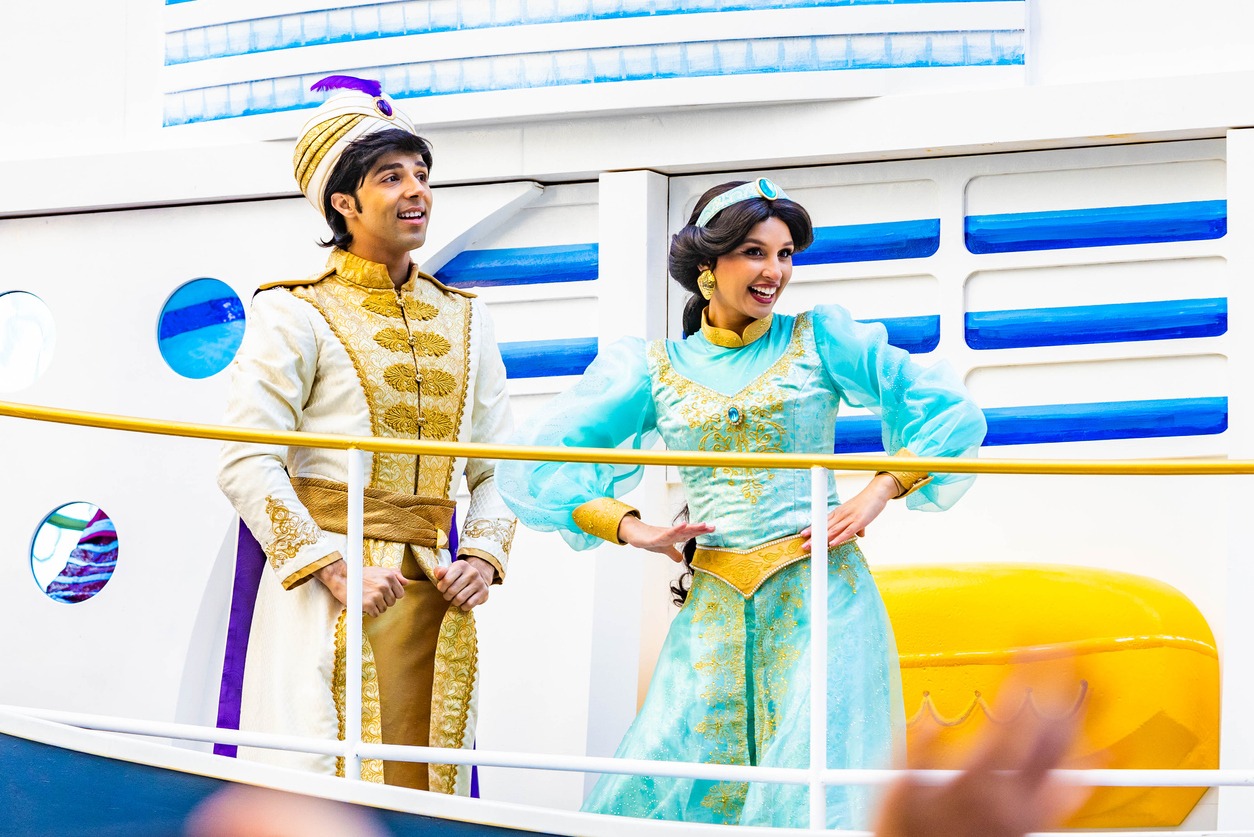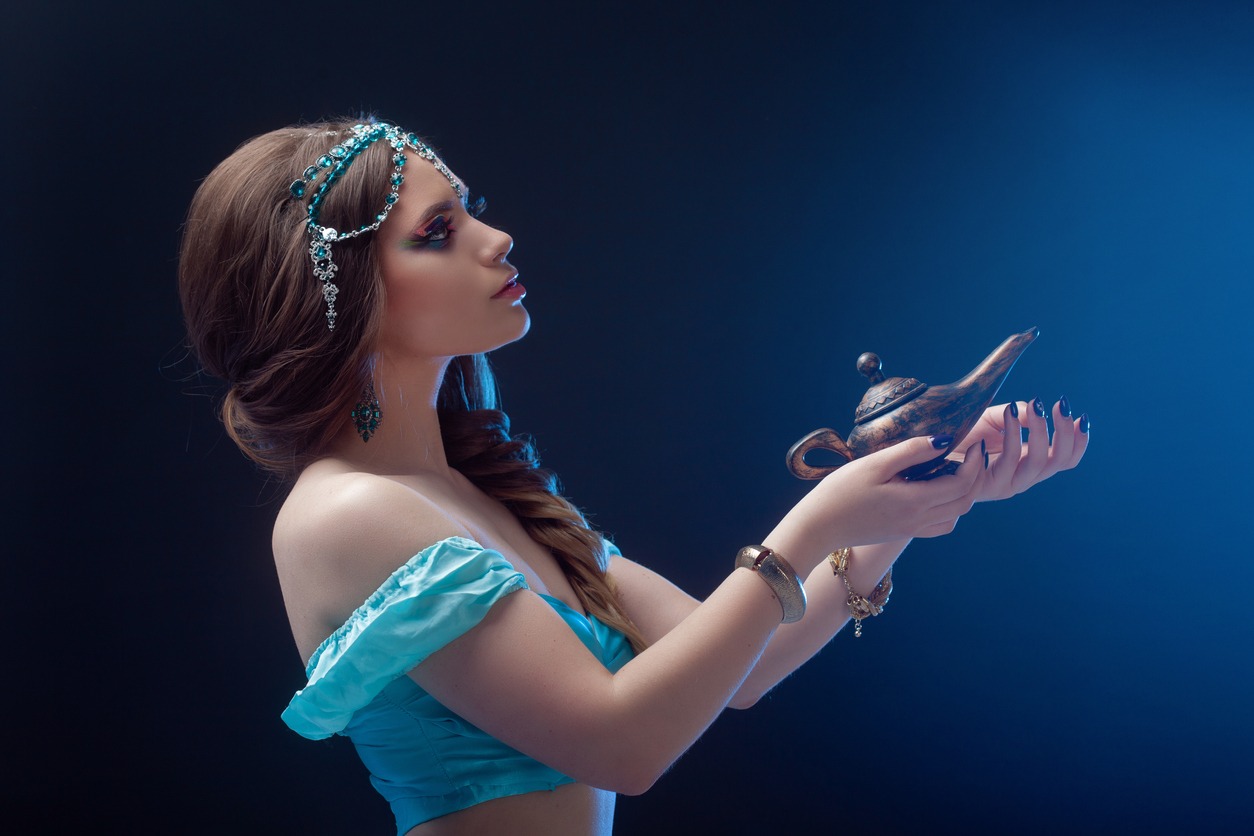Princess Jasmine from Disney’s Aladdin is regarded as one of the most popular Disney Princesses in the world. However, Jasmine is an “unconventional” princess in the sense that she is often depicted as not wearing a dress, unlike most of her co-members in the Disney Princess lineup. Instead, she often wears a casual outfit that resembles what Arabian Harem women wear, and this outfit allows Jasmine to move much more freely compared to wearing a dress that can be restrictive to one’s movements. Jasmine’s outfit, as well as her personality, may serve as a symbol of how strong and resilient she is as a character.
This article delves into the fascinating facets of Princess Jasmine, exploring the depth and nuances that make her more than just a character in a story. From her groundbreaking representation to the intricate details of her design and personality, Jasmine’s journey is a testament to Disney’s evolving portrayal of princesses. As we unravel the layers, we uncover how Jasmine broke the mold of traditional princess narratives and became an icon of empowerment and cultural celebration.
The Classic Folk Tale – Aladdin and the Magical Lamp

The story of Aladdin is based on an old folk tale that appeared in “One Thousand and One Nights,” a collection of stories that was compiled in the Arabic language during the Islamic Golden Age. This collection of folk tales is often referred to as “Arabian Nights” in English. Here is an overview of the collection and the story that inspired Aladdin.
Origins of the Story
- One Thousand and One Nights – it is still unknown when this collection of folk tales was compiled or published, but the first English-language edition of the collection (called “Arabian Nights”) is said to have been published in 1706.
- Aladdin and the Magical Lamp – is the title of the folk tale where Aladdin first appeared. Princess Jasmine is based on a princess in the tale named “Badroulbadour,” a name that uses the full moon as a metaphor or symbolism for female beauty.
The Story
- Basic Plot – The plot of Aladdin and the Magical Lamp revolves around the titular character finding a magical lamp that houses a genie, which grants Aladdin’s wishes. With the help of the Genie in the lamp, Aladdin was able to become rich and powerful while also marrying Princess Badroulbadour, who was the sultan’s daughter.
- Conflict – the conflict in the story involves Aladdin and The Sorcerer, an evil magician who persuaded Aladdin to go into a booby-trapped magic cave to retrieve a magical lamp. Unfortunately for The Sorcerer, Aladdin kept the lamp for himself. The Sorcerer would later trick Princess Badroulbadour into exchanging the magical lamp with “new lamps for old.” A battle between Aladdin and The Sorcerer would later occur, and the battle ends with Aladdin slaying The Sorcerer.
- Moral Lesson – the moral of the story is that true wealth is found within ourselves and not in material things. Through the struggles and successes that Aladdin experienced in the story, readers will realize just how wealthy Aladdin is when it comes to wits, skills, and love.
Aladdin and the Magical Lamp is arguably one of the most popular folk tales in Arabian Nights, and its popularity among children and adults is attributed to just how well it was able to convey its themes and moral lessons. The moral lessons of the story were further amplified with Disney’s animated adaptation that was released in 1992.
A Whole New World: Background and Creation of Princess Jasmine

Disney’s animated adaptation of Aladdin and the Magical Lamp featured a princess named Jasmine instead of Badroulbadour. The “Princess Jasmine” character was created by two directors/writers named Ron Clements and John Musker, who decided to focus more on Aladdin and Jasmine’s relationship in the movie. They based Jasmine’s personality on Princess Ann, a fictional character who appeared in the 1953 film “Roman Holiday” and was portrayed by Audrey Hepburn.
Unlike other Disney Princesses, the story of Aladdin does not revolve around a princess, as Aladdin is the center of the film. However, despite not being a prominent presence in the film, the creators of Princess Jasmine did their best to make the character likable, relatable, and memorable.
In the film, Princess Jasmine is depicted as a “strong” and “liberated” woman who wants to escape her lifestyle and be free to explore the world. In order to escape the palace and freely roam the streets, Princess Jasmine would often wear a disguise and leave the palace in the middle of the night.
The main characters of Aladdin are voiced by some of the best and most talented actors in the 1990s. Here are the actors and actresses who provided the voices of Aladdin’s main characters:
- Princess Jasmine – Jasmine’s speaking voice was provided by American actress Linda Larkin, while Filipina singer and actress Lea Salonga was chosen as the character’s singing voice.
- Aladdin – the titular character was voiced by American actor Scott Weinger. The singing voice is then provided by American singer Brad Kane.
- The Genie – the hyperactive blue Genie in the magical lamp was voiced by Robin Williams, who was convinced by the film’s creators to take on the role after being shown an animated skit where the Genie was performing one of William’s stand-up comedy routines.
- Jafar – the evil sorcerer and Grand Vizier of Agrabah, was voiced by American actor and singer Jonathan Freeman, who spent one year and nine months recording his dialogue for the film.
Fascinating Facts About Princess Jasmine

- Cultural Significance: Jasmine is one of the first Disney princesses to represent a non-Western culture, offering a more diverse portrayal of princesses in popular media. Her character is inspired by the Middle Eastern and South Asian elements, reflecting the setting of the “Aladdin” story.
- Character Development: Unlike many earlier Disney princesses who often played more passive roles, Jasmine is known for her strong-willed and independent nature. This was a significant shift in how Disney portrayed princesses, moving towards characters with more agency and determination.
- Inspiration: Jasmine’s appearance and personality were inspired by various sources. Her design was partly influenced by the actress Jennifer Connelly and the character’s animator’s sister. The creators wanted Jasmine to be different from previous Disney princesses, with a more active role in her story.
- Iconic Costume: Jasmine’s costume, particularly her blue outfit, is iconic and widely recognized. It deviates from the traditional princess gowns seen in earlier Disney films, reflecting her cultural background.
- Impact on Disney Merchandise: Jasmine became a staple character in Disney’s merchandise, especially in their Princess Line. Her inclusion helped diversify the range of princess-themed products, appealing to a broader audience.
- Live-Action Adaptation: In the 2019 live-action adaptation of “Aladdin,” Jasmine’s character was portrayed by Naomi Scott. This version of Jasmine received additional character development, including a more pronounced aspiration to lead her people.
- Crossover Appearances: Jasmine has appeared in various other media and Disney crossovers, including TV shows like “Once Upon a Time” and video games like the “Kingdom Hearts” series, showcasing her popularity beyond the original “Aladdin” film.
Jasmine’s character not only brought cultural diversity to the Disney Princess lineup but also represented a shift towards more dynamic and independent female characters in animation.
A Strong and Empowering Princess
Jasmine’s influence extends beyond the screen, inspiring generations with her determination, independence, and cultural representation. As we have explored the various facets that make Jasmine a truly remarkable character, it becomes clear that her legacy is not just in the realm of animation but in the hearts of those who see a part of themselves in her. She is indeed a timeless figure, one that continues to resonate and inspire long after the magic carpet ride has ended.

